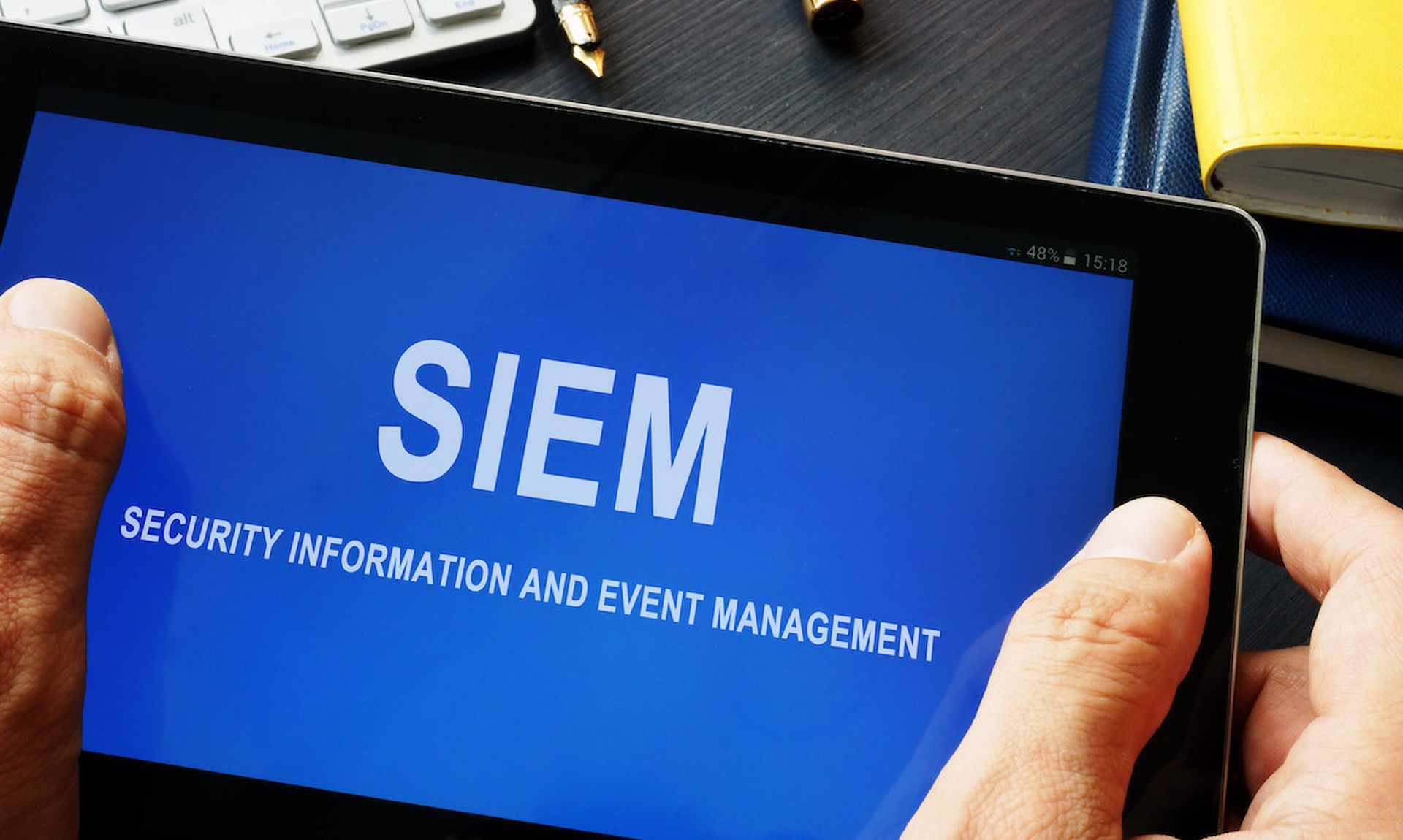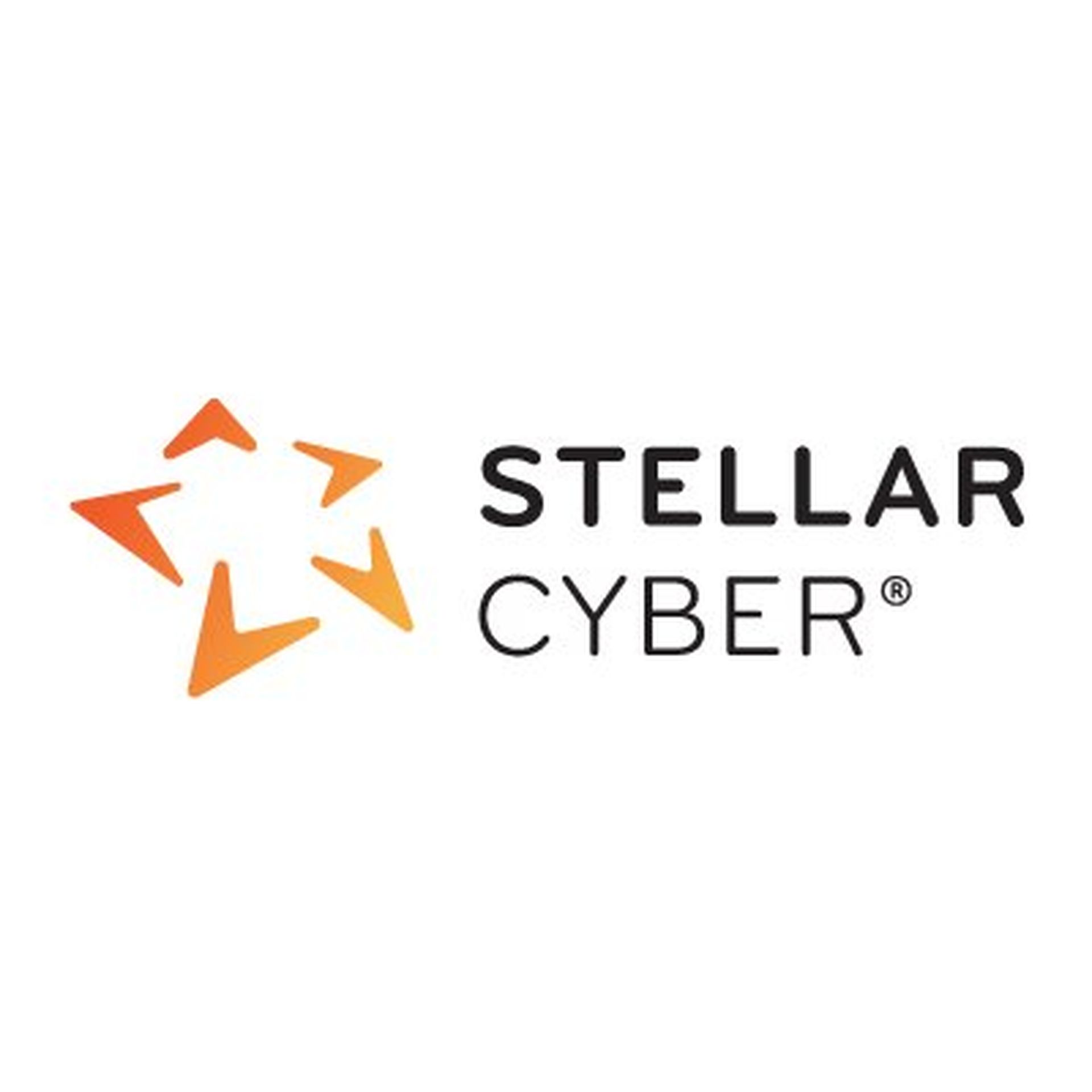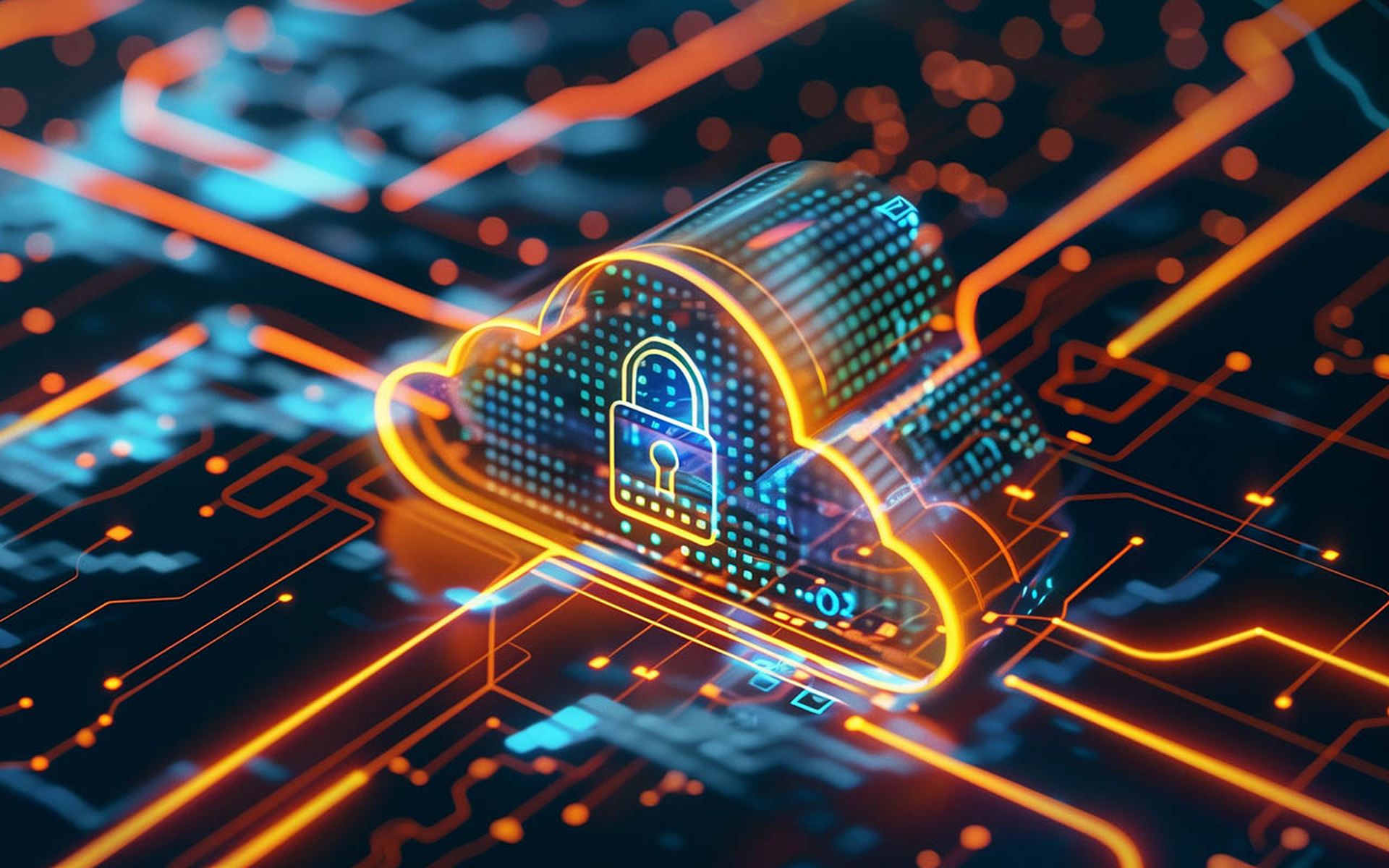As new generations of SIEM technologies emerge, former leaders in the Gartner SIEM Magic Quadrant are often seen slipping from the top spots, if not completely disappearing. SIEM vendors might also acquire or merge, like when Exabeam merged with LogRhythm and IBM QRadar’s SaaS business was acquired by Palo Alto Networks.
This evolution and changes raise a crucial question: What makes a SIEM resilient and adaptable to the ever-changing threat landscape and the dynamic needs of businesses, their processes, and their organizational structures? What exactly does SIEM flexibility entail, and why is it so vital? Understanding flexibility in SIEM solutions is key to enhancing their effectiveness and ensuring they can bend without breaking in the face of new challenges.
Understanding Flexibility in SIEM Solutions
Flexibility in a SIEM solution refers to its ability to adapt to various environments, scale with growing needs, integrate seamlessly with existing tools, customize functionalities to meet specific organizational requirements, offer diverse deployment models, and migrate from one deployment model to another or vice versa, allowing it to seamlessly adapt to your organization’s unique infrastructure and evolving security needs. While all these dimensions are essential, this post will focus on the diverse deployment models and how to choose the one that fits your needs.
Diverse Deployment Models
Flexible SIEM. solutions should offer multiple deployment models to suit different infrastructure setups or adapt to business changes. Whether your organization prefers an on-premises model, a cloud-based model, a hybrid environment model, or a MSSP model, a flexible SIEM can adapt accordingly. Each deployment model has pros and cons, and deciding which suits your current and future needs depends on key business, technical, and regulatory requirements.
| On-Premises SIEM | The SIEM solution, including collectors and the platform, is fully deployed as a virtual appliance in the customer’s environment. This model offers complete control over data and infrastructure, making it ideal for organizations with stringent compliance and data sovereignty requirements. |
| SaaS SIEM | Collectors are deployed on the customer’s premises, while the data is forwarded to a cloud-based SIEM platform for storage and analysis. This model leverages the cloud’s scalability and flexibility, reducing the need for on-premises infrastructure. |
| Hybrid/Decoupled SIEM | The customer manages their data storage on-premises or in their cloud environment, while the SIEM platform connects to this storage for data analysis. This approach, decoupled SIEM, separates the data pipeline from the SIEM platform, reducing vendor lock-in and increasing flexibility. Organizations gain greater control over their data flows by adopting independent or open-source alternatives for data pipelines. They can choose multiple destinations, including cloud storage, data science, and security analytics platforms. |
| Full Cloud SIEM | All SIEM components, including data collection, storage, and analysis, are managed in the cloud. This model eliminates the need for on-premises infrastructure, making it suitable for organizations that primarily use cloud-based applications. |
| Multi-Tenant SIEM | Supports multiple tenants or business units within the same SIEM infrastructure, ensuring data isolation and tailored analytics for each tenant. This model is particularly useful for large enterprises or MSSPs serving multiple clients. |
| Co-Managed SIEM | Combines internal security team efforts with external expertise from an MSSP. The internal team handles daily operations, while the external team provides additional monitoring, analysis, and threat intelligence, enhancing overall security. |
| Fully Managed SIEM (MSSP) | A third-party managed security service provider (MSSP) handles the SIEM solution’s deployment, management, and monitoring. This model allows organizations to leverage expert management and focus internal resources on core business activities. |
To help you decide which SIEM. deployment model best suits your organization’s needs, we’ve compiled a comprehensive table outlining the pros and cons of each option.
| Deployment Mode | Pros | Cons |
| On-Premises SIEM | Compliance with strict data sovereignty requirements. Customizable to specific organizational needs. | High initial setup and maintenance costs. Requires dedicated IT staff and resources. Scalability can be challenging. |
| SaaS SIEM | Reduced on-premises infrastructure requirements. Scalability and flexibility of the cloud. Faster deployment and updates. Lower upfront costs. | Data is stored off-site; potential compliance issues. Dependency on Internet connectivity. Potential latency in data transfer. |
| Hybrid/Decoupled SIEM | Combines control over data storage with cloud analytics. Flexibility to choose storage and analysis components. Scalable and adaptable to various environments. Balances compliance and modern analytics capabilities | Complex to manage and integrate. Potential latency between data storage and analysis. Higher costs due to dual infrastructure |
| Full Cloud SIEM | No need for on-premises infrastructure. Highly scalable and flexible. Lower operational overhead. Faster deployment and updates | Data is stored off-site, potential compliance issues. Dependency on Internet connectivity. Potential latency in data transfer |
| Multi-Tenant SIEM | Efficient resource utilization across multiple tenants. Cost-effective for large enterprises or MSSPs. Tailored analytics and reports for each tenant. Scalable for growing business units. | Complexity in managing data segregation. Potential for performance issues due to shared resources. Security risks if isolation is not properly managed. |
| Co-Managed SIEM | Combines internal and external expertise. Enhanced security posture with external insights. Flexible management and operational support. Shared responsibility for incident response | Coordination challenges between internal and external teams. Potentially higher costs. Data privacy and control concerns |
| Fully Managed SIEM (MSSP) | Expert management and monitoring. Frees up internal resources. Access to advanced security analytics and threat intelligence. Predictable operational costs | Less control over the SIEM environment. Potentially higher ongoing costs. Dependency on third-party service provider. Possible data privacy concerns |
The Decision Making Process
As we’ve explored, the right SIEM deployment model can be a game-changer for your organization’s security strategy. Whether you’re dealing with complex compliance requirements, scaling up your operations, or integrating diverse data sources, flexibility in your SIEM solution is paramount.
Adapt or Perish:
In cybersecurity, adaptability is survival. Ensure your SIEM can pivot as fast as the threats you face and/or your business changes.
Scalability Isn't an Option:
As your organization grows, so do your security needs. Choose a SIEM that scales effortlessly with you.
Integration is Key:
Your SIEM should be the glue that binds your security infrastructure, seamlessly integrating with existing tools and systems. It should be as open as possible. From handling different deployment environments to integrating with various tools and scaling efficiently, a flexible SIEM can help you stay ahead of threats, streamline your operations, adapt to your business changes, and ensure robust protection across all your environments.
Don’t let your SIEM solution be the weak link in your security chain. Take control of your security future by choosing the SIEM deployment model that fits your unique needs and maximizes your defense capabilities. By taking ownership of your SIEM requirements — documenting capabilities, performance expectations, and custom needs — you enable faster, more confident decision-making during vendor transitions or upgrades. This proactive approach ensures your SIEM remains resilient, adaptable, and ready to meet future challenges.
Ready to Elevate Your Security Posture with a Flexible SIEM Solution?
Our team of experts at Stellar Cyber is here to help you navigate the options and tailor a deployment strategy that works for you. Contact us today to schedule a personalized consultation. Let’s make your security resilient, adaptable and ready for today’s and future threats.
Author Christophe Briguet is product manager for AI/ML at Stellar Cyber. Guest blog courtesy of Stellar Cyber. Read more Stellar Cyber guest blogs and news here. Regularly contributed guest blogs are part of MSSP Alert’s sponsorship program.



